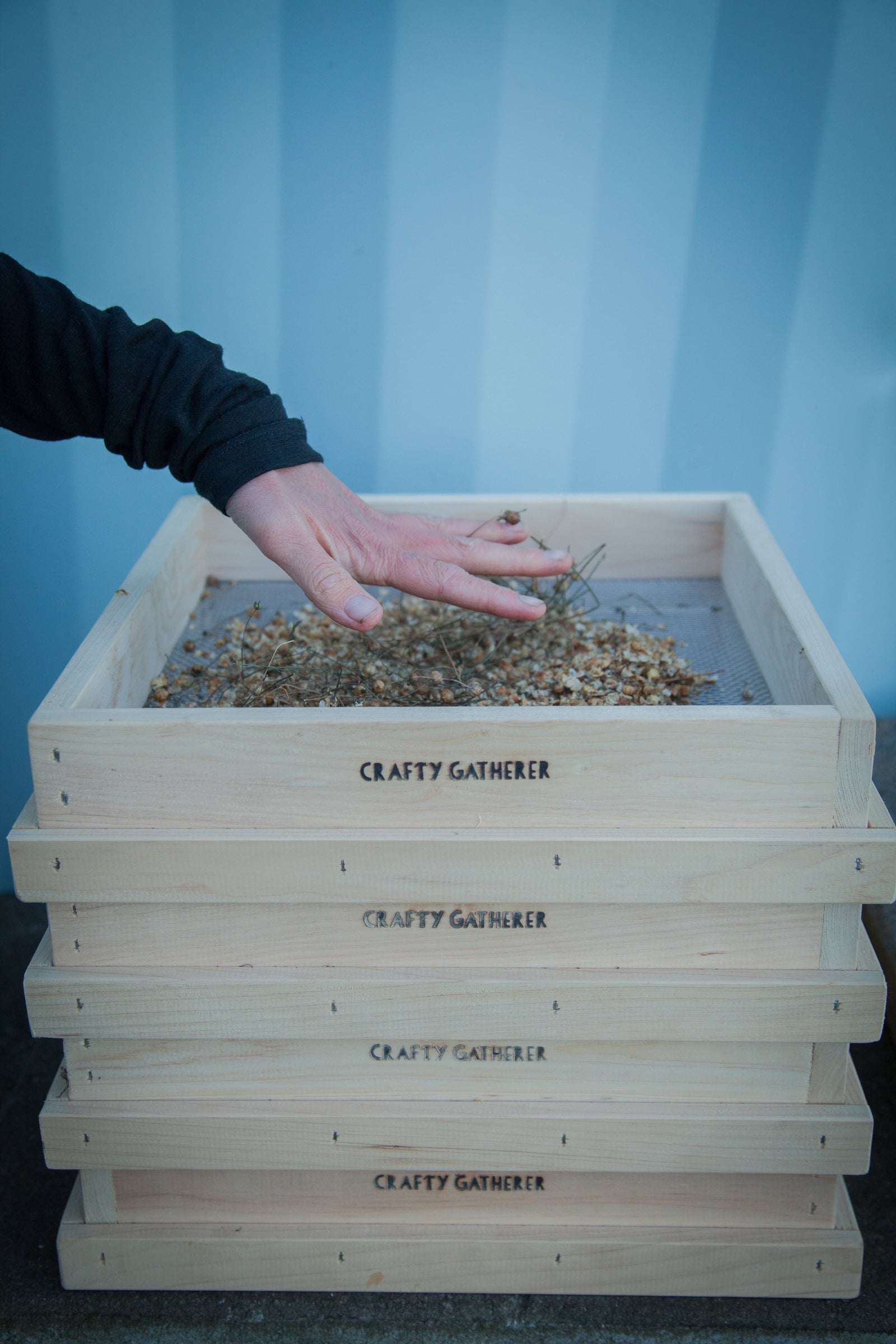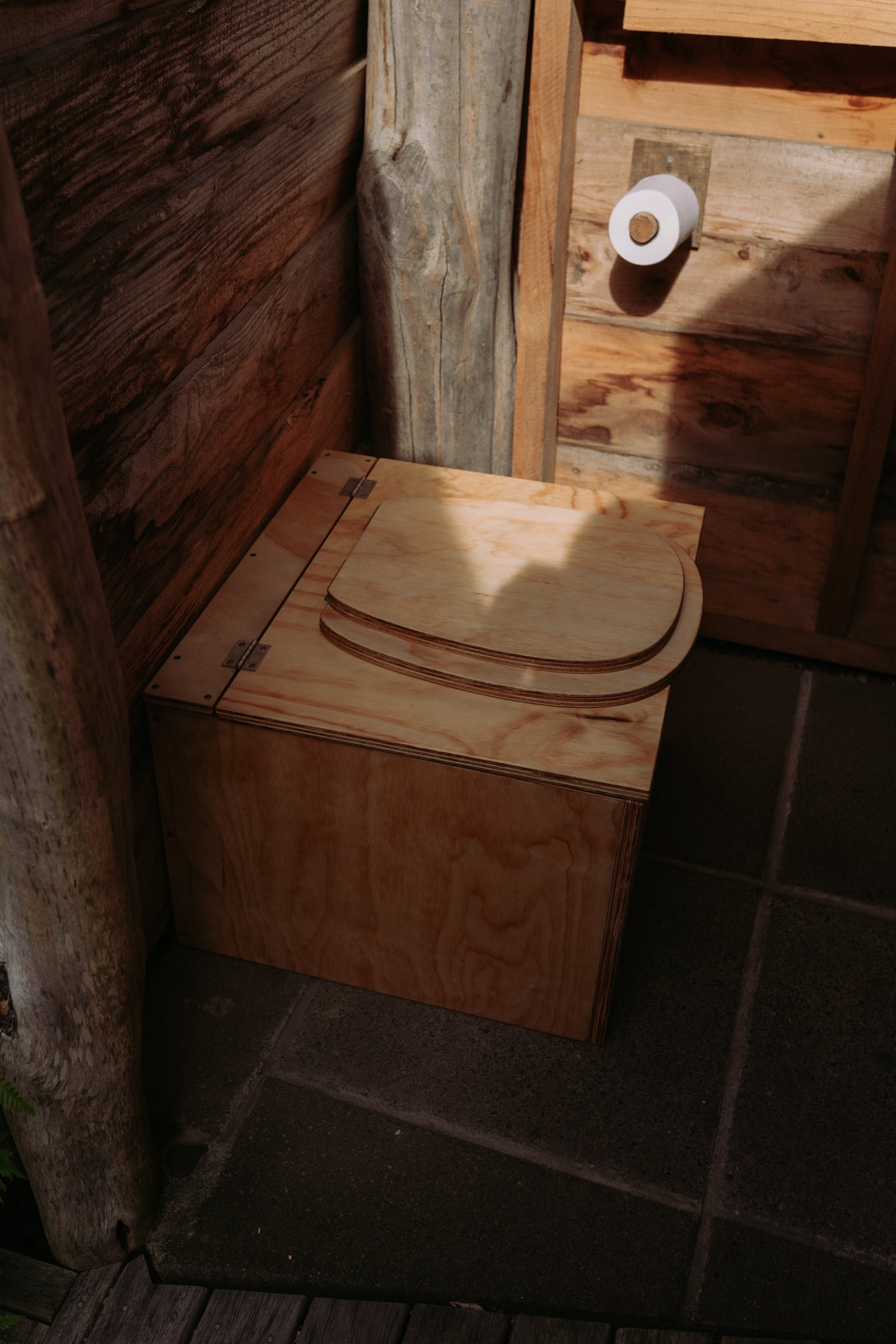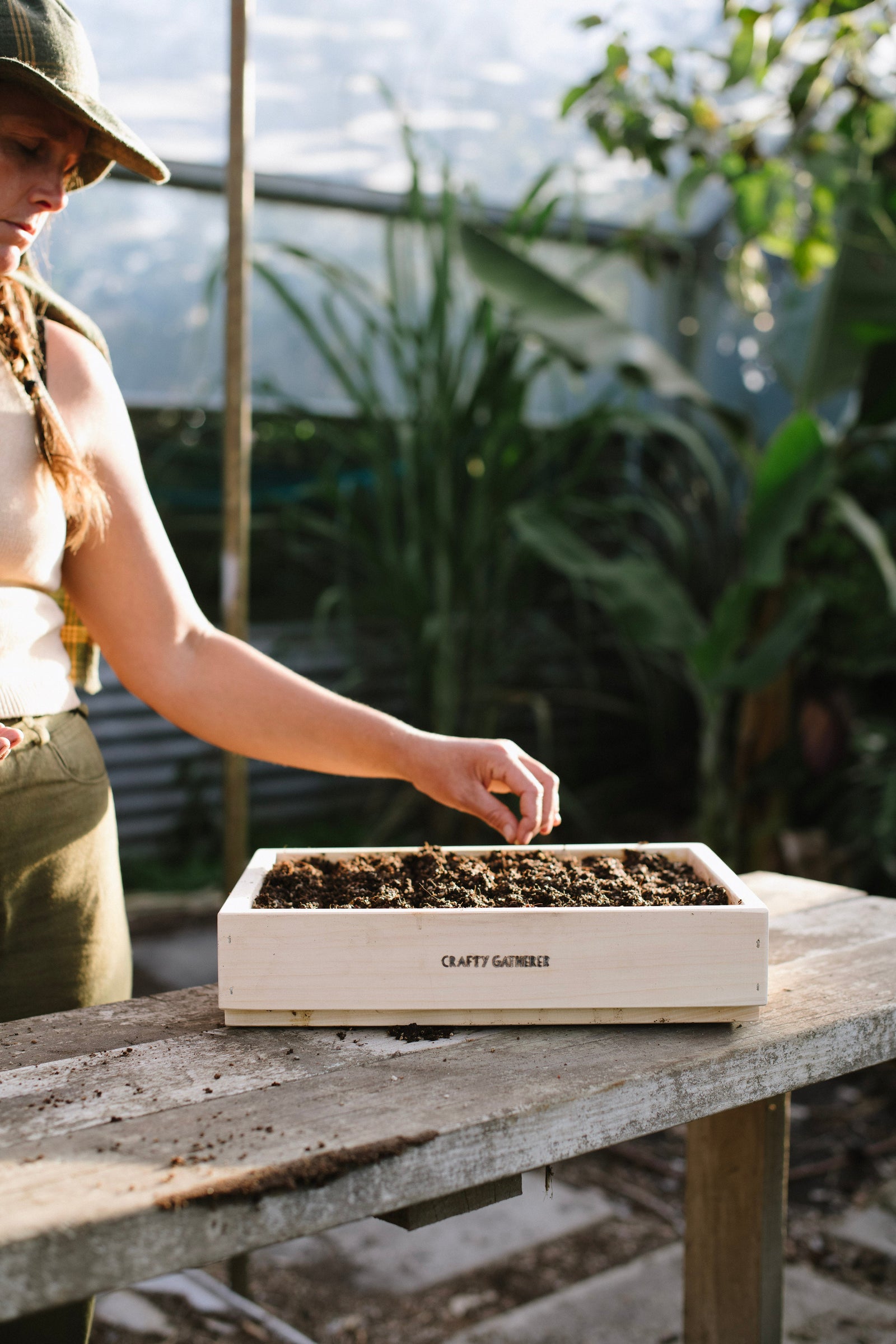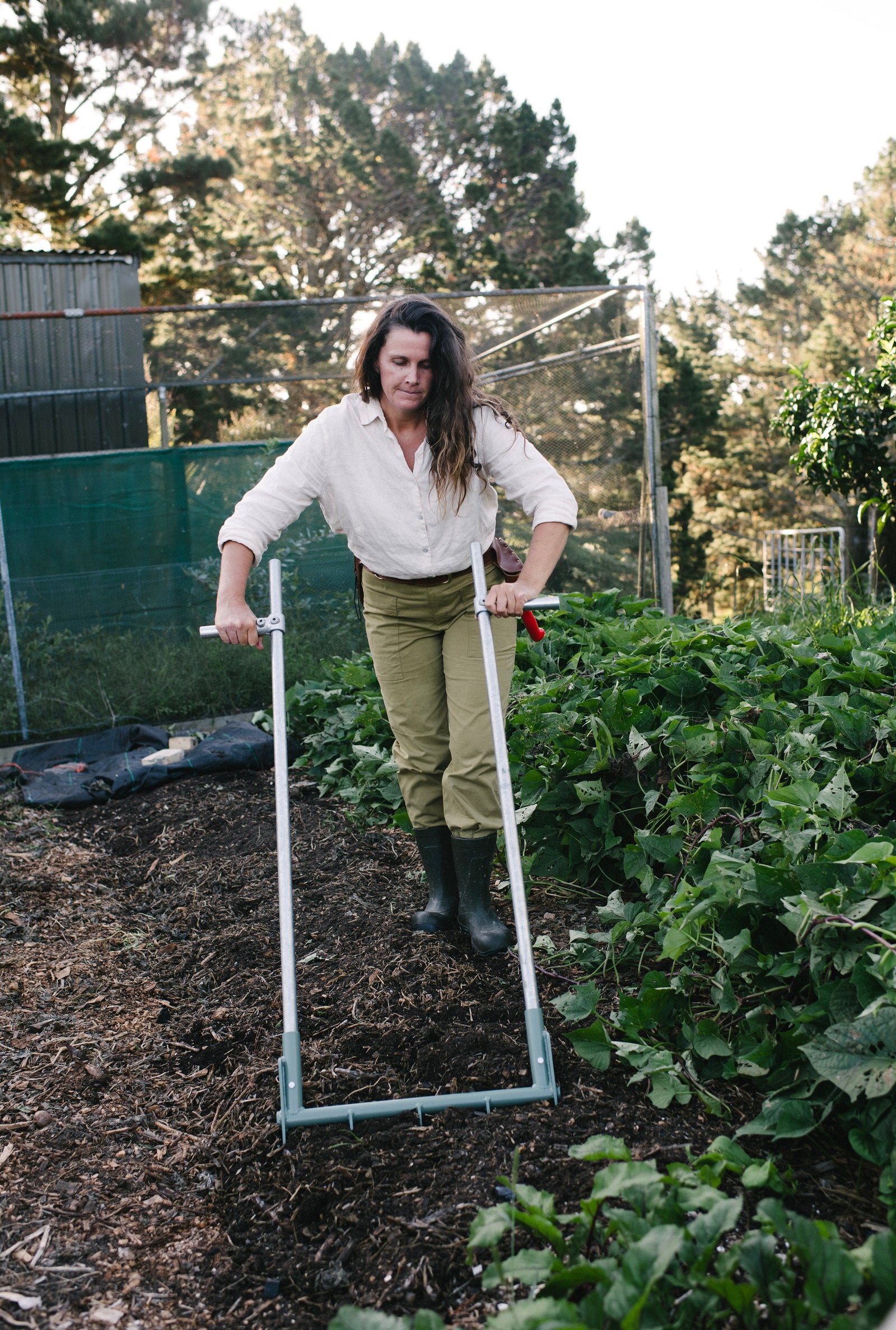Quality Garden Tools. Crafted in New Zealand.
Menu
-
- Home
-
Shop
-
Garden Accessories
- The Gatherer's Balm - Whipped tallow and hemp cream
- Gatherer's balm Gift pair (2 x100ml)
- Garden Belt
- Clark Cultivator
- Seed Raising Tray
- Seed Saving Screens
- Biochar Burner
- Compost Toilet
- Garden dibber
- Paper Pot Maker
- Svord whittling knife w/ leather sheath
- Garden Hook
- Beginner’s Guide to Pruning Fruit Trees by Kath Irvine
- Garden Forks
- Broadforks
- Gathered sets
-
Garden Accessories
- Our Vision
-
- Login
-
NZD

Quality Garden Tools. Crafted in New Zealand.
A column with no settings can be used as a spacer
Link to your collections, sales and even external links
Add up to five columns
A column with no settings can be used as a spacer
Link to your collections, sales and even external links
Add up to five columns
Add description, images, menus and links to your mega menu
A column with no settings can be used as a spacer
Link to your collections, sales and even external links
Add up to five columns
Add description, images, menus and links to your mega menu
A column with no settings can be used as a spacer
Link to your collections, sales and even external links
Add up to five columns

Saving Seeds: A Skill Worth Cultivating
April 24, 2025 2 min read
Saving your own seeds is one of the most empowering and rewarding skills a gardener can learn. It deepens your connection to your garden, helps you become more self-sufficient, and carries forward the resilience of plants that have already adapted to your specific growing conditions.
It’s not just about thrift (although it does save money). It’s about preserving biodiversity, building local resilience, and reclaiming a skill that has been practiced for thousands of years.
Why Save Seeds?
When you save seeds from your garden, you’re participating in the full cycle of life—planting, growing, harvesting, and starting again. Each year you save seeds, you're selecting plants that thrive in your climate, soil, and care. Over time, this creates stronger, more reliable crops tailored to your own backyard.
Plus, seed saving is a quiet form of resistance: keeping living genetic material out of the hands of big agribusiness and in the hands of growers, where it belongs.
What Seeds Can You Save?
Start with open-pollinated (also called heritage or heirloom) varieties. These plants reproduce true to type, meaning the offspring will be similar to the parent. Avoid saving seeds from hybrids (labeled F1), as their offspring are often unpredictable.
If you're just starting out, some great beginner-friendly crops to save seeds from are those that are self-pollinating—so there’s little risk of them crossing with other plants nearby. These include:
-
Beans & peas – easy to harvest and dry
-
Tomatoes – a bit messy, but fun and satisfying
-
Lettuce – just let it bolt and collect seeds from the flower heads
-
Capsicum & chillies – seeds dry well and store easily
How to Save Seeds: The Basics
Each plant has a slightly different method, but here’s a general process:
-
Let the seed fully mature on the plant. For most crops, that means allowing pods or fruits to dry out or over-ripen before harvesting, they are often brown and crunchy or the seed will be hard.
-
Harvest the seeds and separate them from the plant material (chaff).
-
Dry thoroughly. Seeds should be completely dry before storage—any moisture can cause them to mould.
-
Label and store. Keep your seeds in a paper envelope or jar, clearly labeled with the variety and date. Store in a cool, dark, and dry place.
A Few Handy Tips
-
Don’t save seeds from diseased or weak plants—you want to pass on strong genetics.
-
If saving seeds from plants that cross-pollinate (like pumpkins or brassicas), they need isolation from other varieties to keep the strain pure.
-
Join a local seed-saving network or seed swap—it’s a beautiful way to share the abundance and knowledge.
Seed Saving is a Radical Act of Care
We believe saving seeds is a way of weaving yourself into the fabric of the land. It’s an act of reciprocity: we grow, we gather, and we give back.
Whether you’re saving a few lettuce seeds or building your own seed bank—you’re part of a much bigger movement to care for the earth, nurture local food systems, and grow with intention.
Leave a comment
Also in Garden Musings

Three Composting Toilet Designs using the Crafty Gatherer Compost Toilet flat pack
April 24, 2025 4 min read

